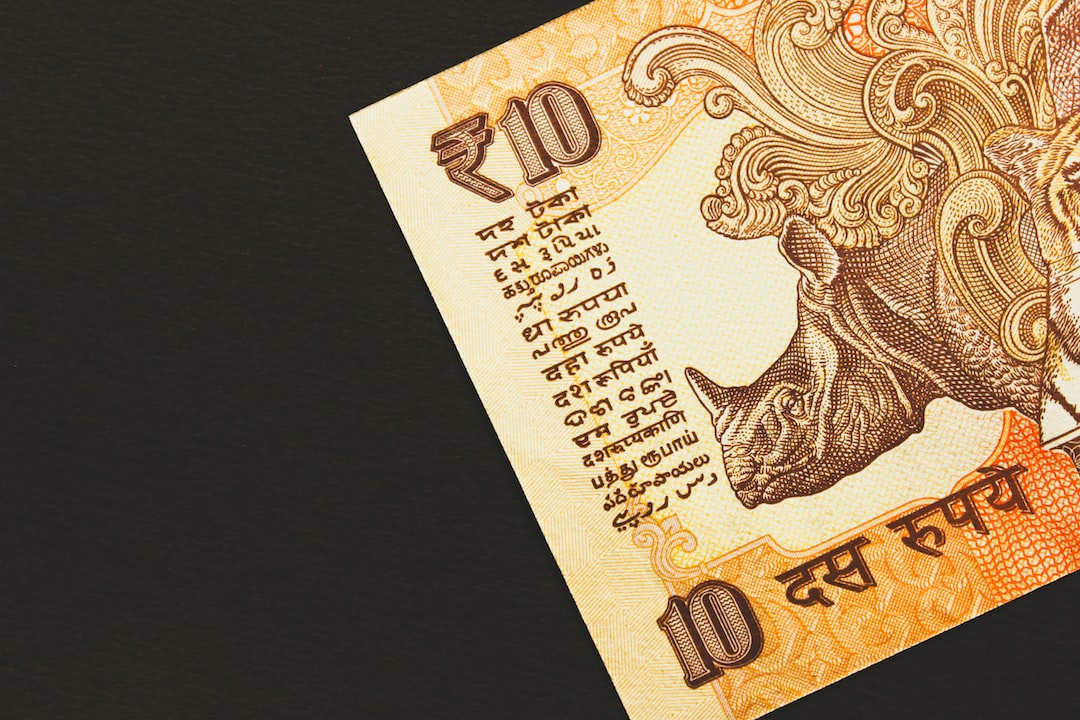Swing trading is a popular trading strategy in the forex market. It is a medium-term trading style that involves holding positions for a few days to a few weeks. Swing traders look to capture trends and price movements in the market, and they use technical analysis to identify trading opportunities.
Swing trading is different from day trading, which involves opening and closing positions within the same day. Swing traders hold positions for a longer period, which allows them to capture larger price movements and potentially generate higher profits. However, swing trading requires more patience and discipline than day trading, as traders need to manage their positions over a longer period.
The goal of swing trading is to capture a portion of a trend, whether it is a bullish or bearish trend. Traders use technical analysis to identify entry and exit points based on price action, chart patterns, and indicators. Swing traders typically use a combination of technical indicators to confirm their trades and to manage risk.
One popular indicator used by swing traders is the moving average. Moving averages are used to identify the direction of the trend and to filter out noise in the market. For example, if the price is above the 50-day moving average, this indicates a bullish trend, and swing traders may look to buy on pullbacks or retracements.
Another popular indicator used by swing traders is the Relative Strength Index (RSI). The RSI is a momentum oscillator that measures the strength of a trend. If the RSI is above 70, this indicates an overbought condition, and swing traders may look to sell or short the market. If the RSI is below 30, this indicates an oversold condition, and swing traders may look to buy or go long the market.
Swing trading requires a disciplined approach to risk management. Traders must be willing to accept losses and to cut their losses quickly if the market moves against them. This requires setting stop-loss orders at strategic levels to limit potential losses. Swing traders also need to manage their position size to ensure that they do not risk too much of their trading capital on any single trade.
The advantages of swing trading in forex include the potential for higher profits, as traders can capture larger price movements over a longer period. Swing trading also allows traders to take advantage of trends in the market, which can provide more predictable trading opportunities. Additionally, swing trading is less stressful than day trading, as traders do not need to monitor the market constantly.
However, swing trading also has its disadvantages. One of the main drawbacks of swing trading is that it requires more patience and discipline than day trading. Traders must be willing to hold positions for a longer period, which can be difficult for some traders who prefer the instant gratification of day trading. Additionally, swing trading requires a more comprehensive understanding of technical analysis, which can be challenging for novice traders.
In conclusion, swing trading is a popular trading strategy in the forex market that involves holding positions for a few days to a few weeks. Swing traders use technical analysis to identify trading opportunities based on trends, chart patterns, and indicators. Swing trading requires a disciplined approach to risk management and position sizing, and it can provide higher profits than day trading. However, swing trading requires more patience and discipline than day trading, and it is more challenging for novice traders.






